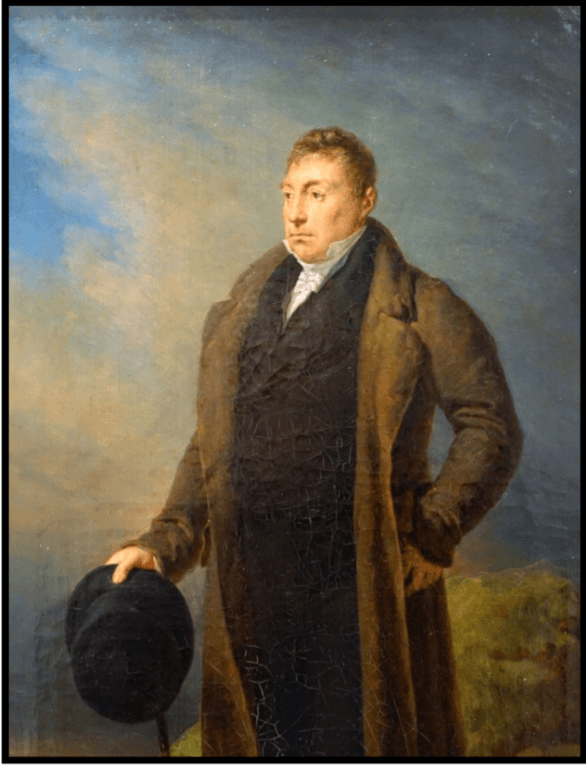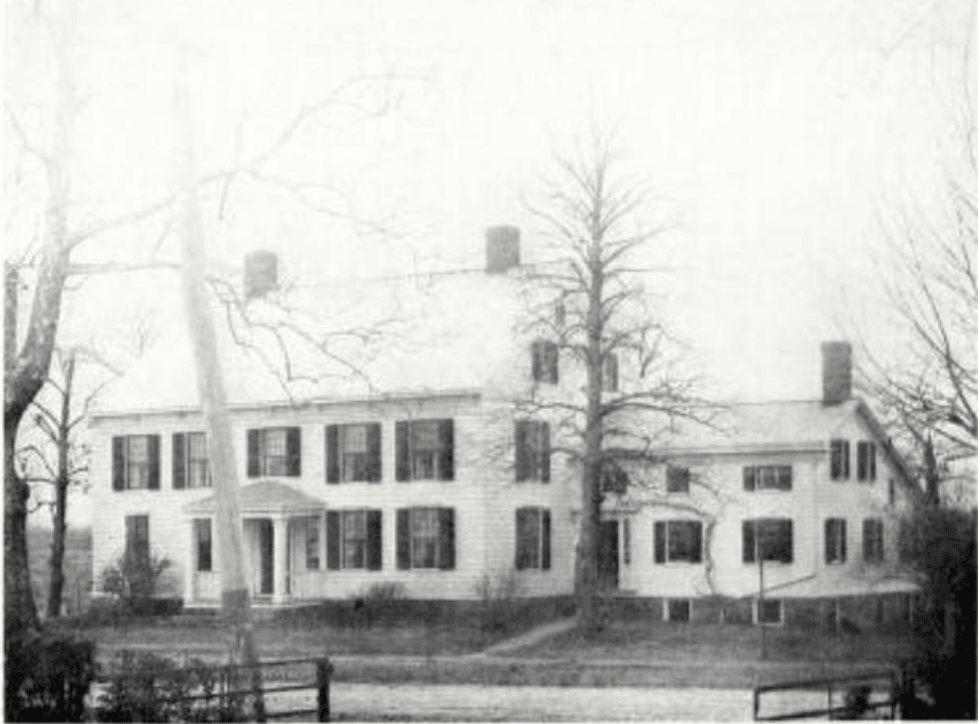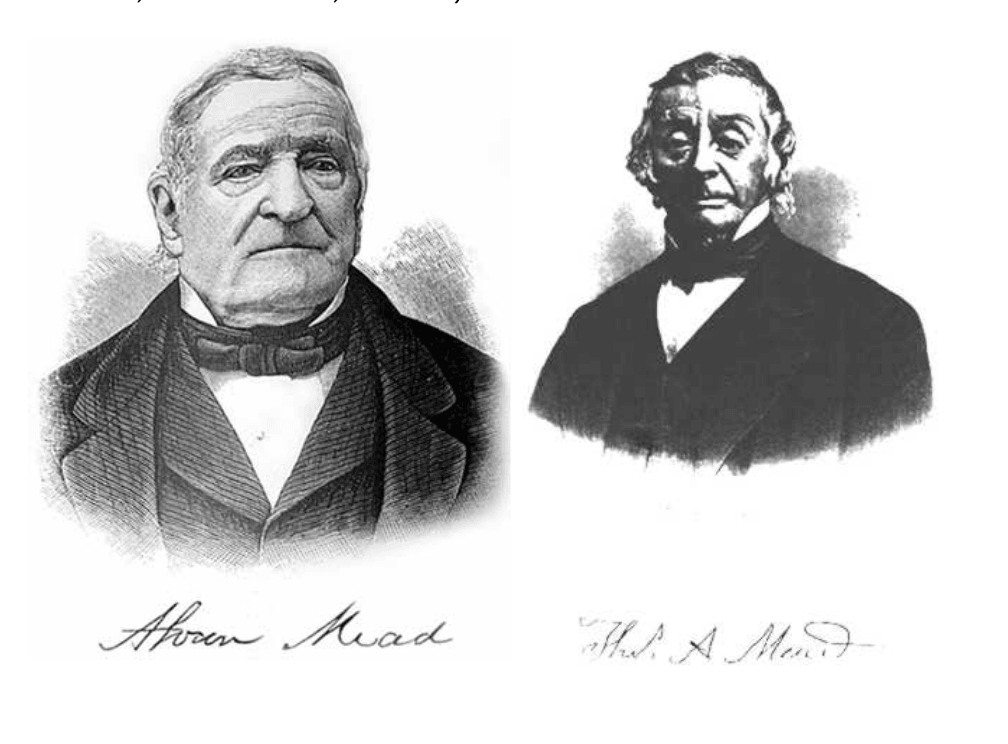Last month marked the 195th anniversary of the final arrival in America of Marie-Joseph Paul Roch Yves Gilbert du Motier, Marquis de Lafayette – or as he was more commonly and affectionately known in the United States, General Lafayette.
In 1824, after a formal invitation extended through the Congress, President James Monroe invited the General to visit the United States. This would be his Farewell Tour to the country.
On Wednesday, October 2 at 7:00pm, the residents of Greenwich can come and learn more about Lafayette’s Tour, and more particularly, the stops he made here in the Town of Greenwich.
The presentation is sponsored by masonic lodge Acacia No. 85 A.F.&A.M., and is open to 50 people.
The presentation will be given by Julien Icher, the founder and Executive Director of the non-profit, The Lafayette Trail, Inc. The presentation will be held at the 2nd floor meeting room at the Greenwich Library.
Light refreshments will be served. [to learn more, visit their website at:
https://www.thelafayettetrail.com/]

Lafayette circa 1825
With the bicentennial of Lafayette’s tour not too far off (2024), the Lafayette Trail has continued to ardently carry out their mission which is: to increase mutual understanding between the peoples of France and the United States; raise awareness about Lafayette’s critical contribution to the founding of the United States, and; document, map, and mark his footsteps during his fourth and last visit to his adopted land in 1824.
Julien first came to the United States in February of 2015 for five months to study living-history museums. Two years later he founded The Lafayette Trail at the French Consulate in Boston and from that time onward, through dedicated passion and hard work, he expanded the Trail’s efforts to over 25 States and Washington DC. He had the honor of accompanying French President Macron to Washington DC for a three-day state visit at the invitation of the executive branch of the United States federal government.
Lafayette led a dedicated life of service to the Patriot cause, and commanded honor to his family name and native country. Without Lafayette’s bravery and fortitude the American Patriot cause during the Revolution would have greatly suffered. What is more, without Lafayette and his family network, Benjamin Franklin’s task of successfully securing French military support and a French alliance would have been much more difficult. The life and times of General Lafayette were extraordinary. To learn more on his farewell trip and his time in Greenwich, your attendance at the Julien Icher’s presentation is most earnestly solicited.

Washington and Lafayette at Valley Forge, by John Ward Dunsmore circa 1907 it was here at Valley forge where Lafayette was initiated into the Order of Ancient, Free & Accepted Masons.
Acacia Lodge No. 85 is proud to sponsor The Lafayette Trail’s presentation on all their work as it maps out, not only the great founders of the American Republic, but many of whom were members of the Order of Ancient, Free and Accepted Masons. Lafayette made a Mason during the winter of 1777-1778 at Valley Forge, also members of the Craft were George Washington, James Monroe and of the committee that met Lafayette at Greenwich were: the Reverend Isaac Lewis, Ebenezer Mead and John Jay Tracy. After Lafayette was made a Mason he wrote the following in his papers:
After I was made a Mason, General Washington seemed to have received a new light—I
never had, from that moment, any cause to doubt his entire confidence. It was not long
before I had a separate command of great importance.

“Dearfields” Thos. A. Mead Homestead. Built 1799. “Dearfields” the House of Col. Thomas A. Mead where Lafayette was honored and received in Greenwich.
Below is an excerpt from Spencer Percival Mead’s, Ye Historie of the Town of Greenwich on Lafayette’s trip to America and Greenwich.
